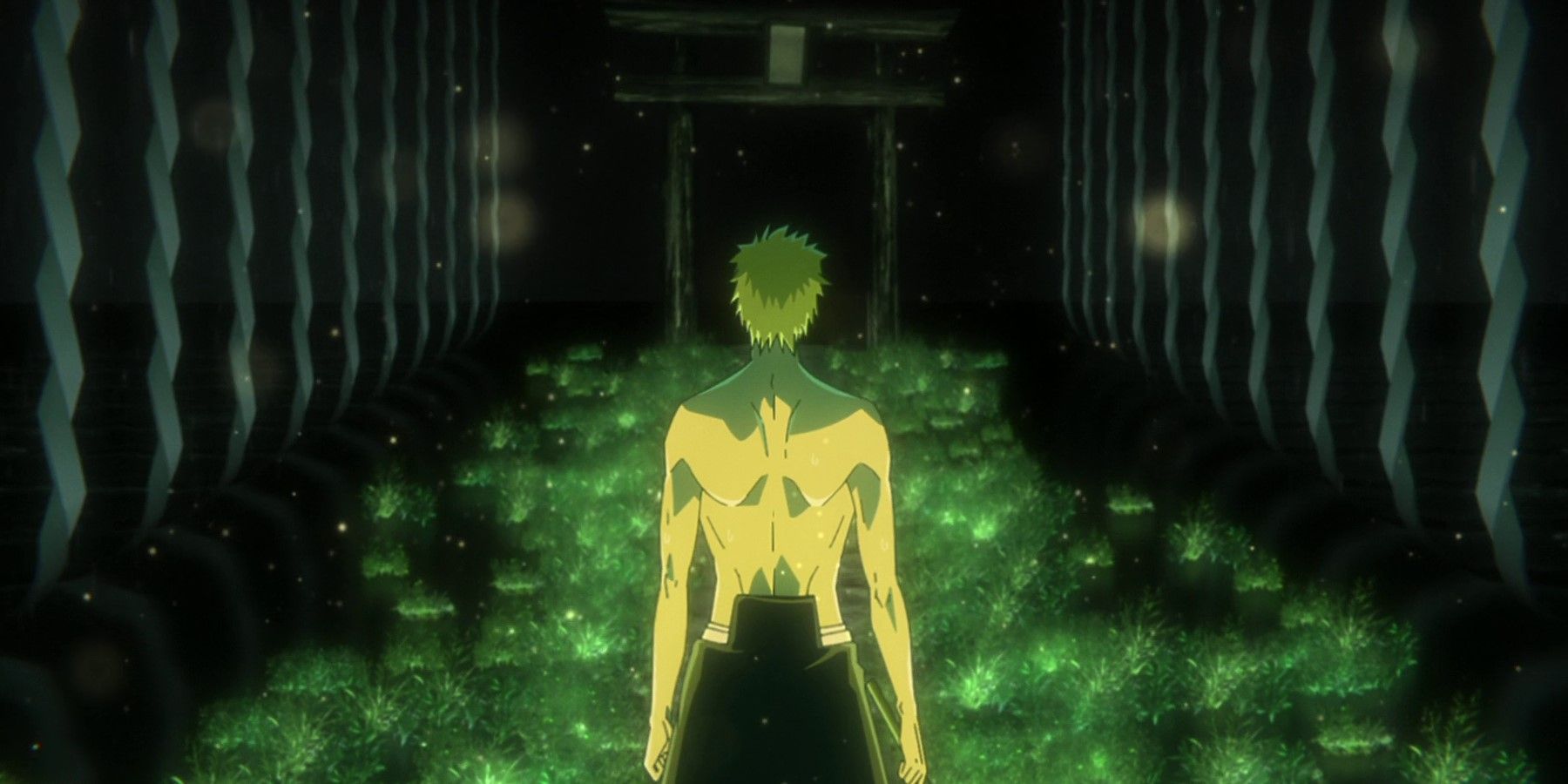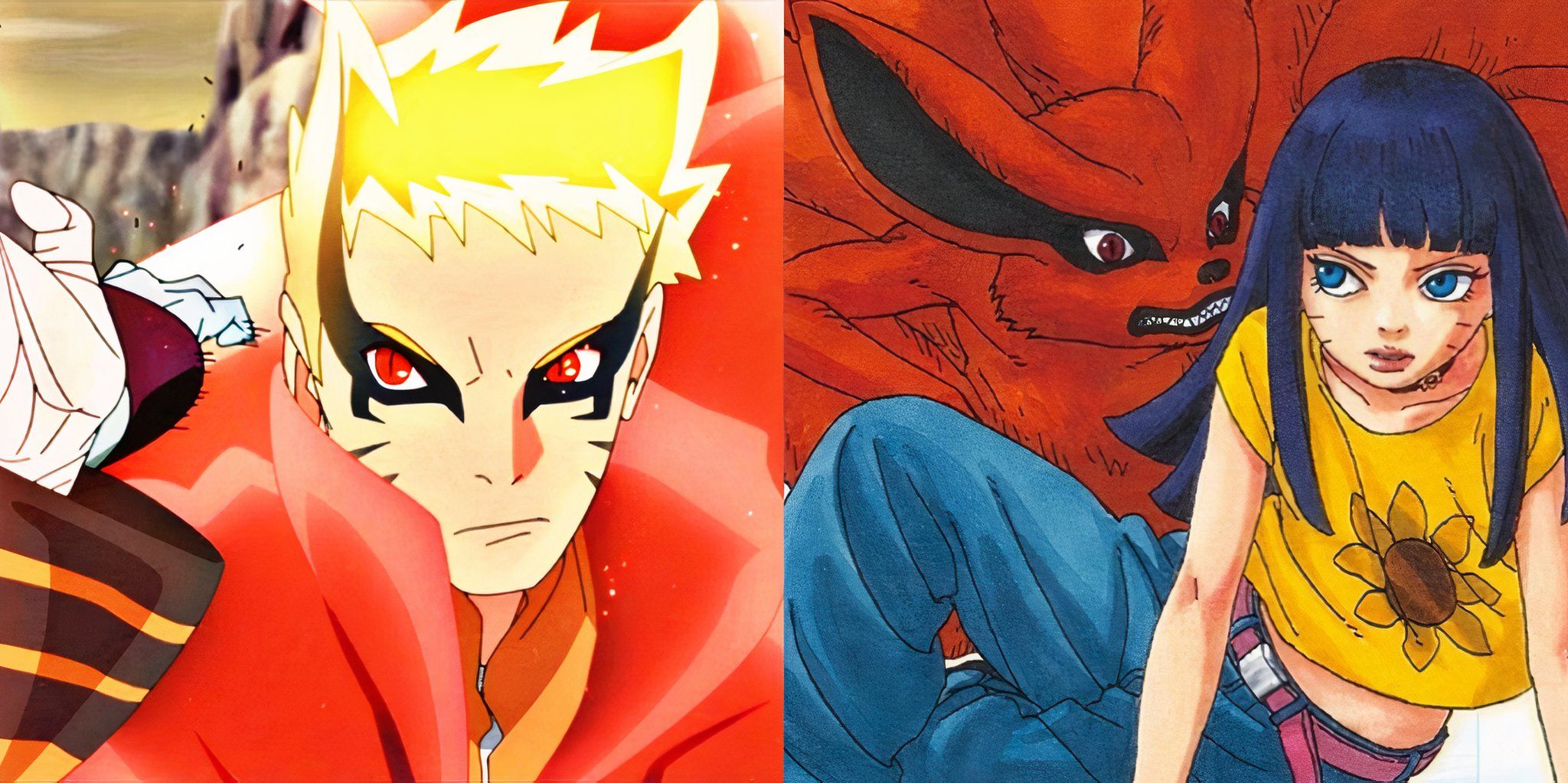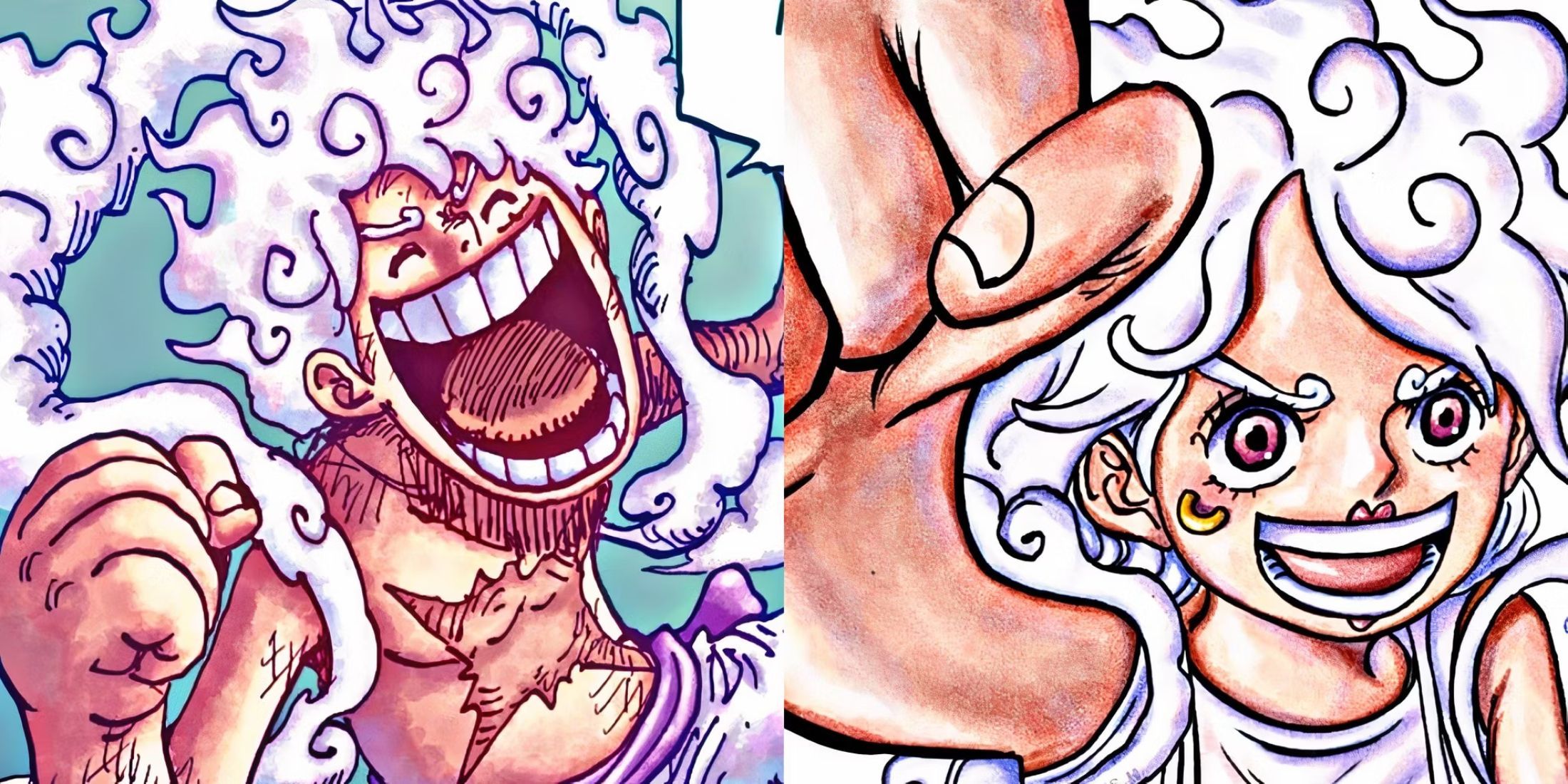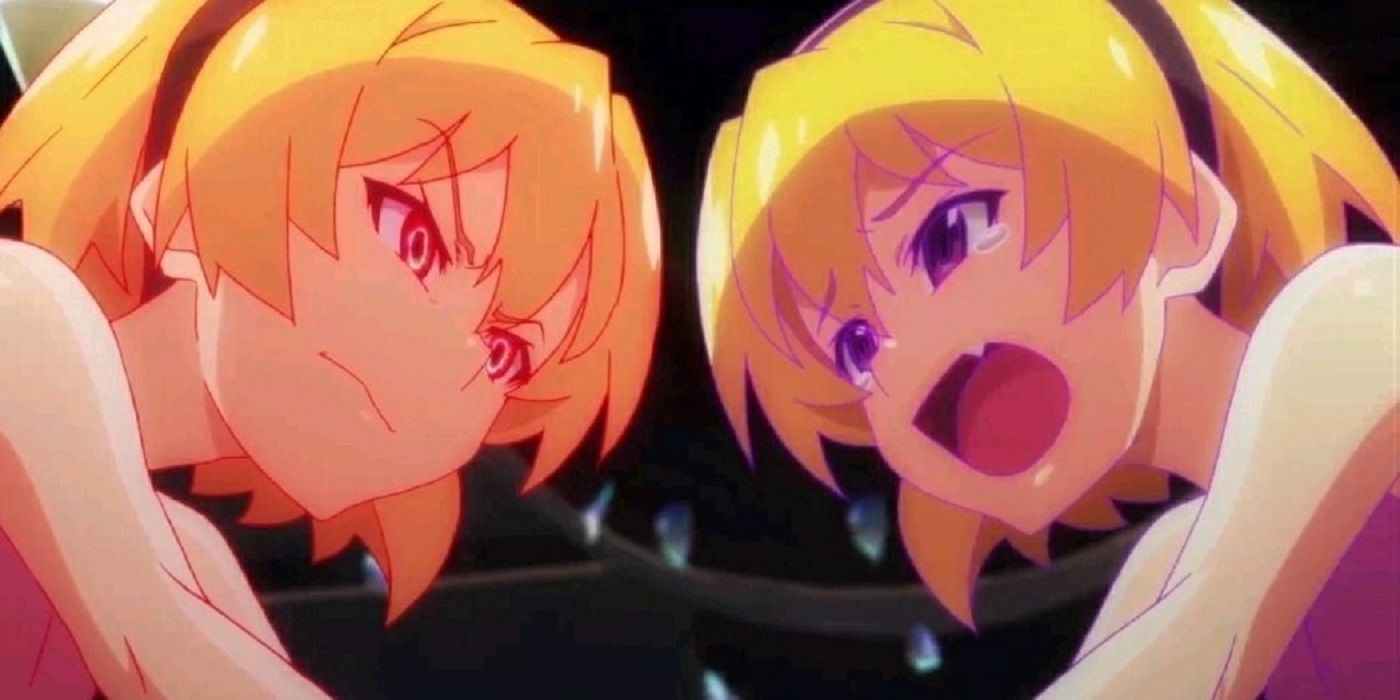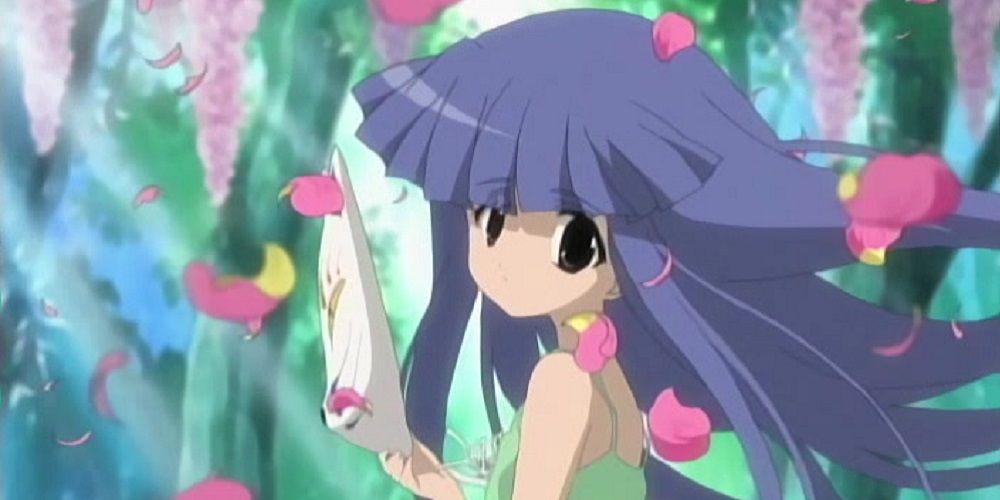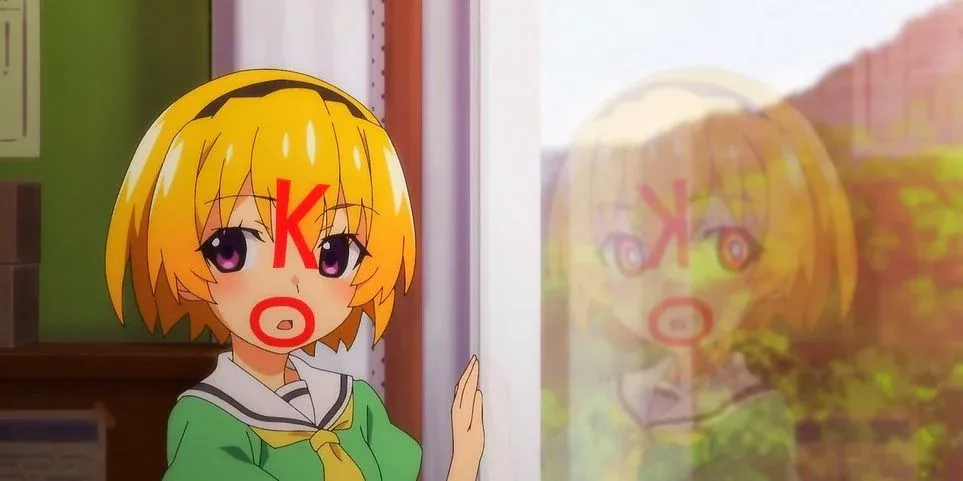The When They Cry franchise has spawned multiple entries over the years, but Higurashi remains the most popular of the bunch. Anime fans might be more familiar with the 2006 Studio DEEN adaptation, but Higurashi started as a sound novel created by author Ryukishi07.
The original sound novel consists of eight different chapters. The first four, referred to as “question arcs,” and the latter half that serve as the “answer arcs.” Over the years, various additional chapters and compilations have been released alongside, manga, anime, game and novel adaptations, and spin-offs. The series’ popularity is well documented, and while Higurashi is no longer as prominent as it once was, it left behind a lasting legacy.
The series would gain a boost in popularity with Studio DEEN’s 2006 anime adaptation, Higurashi: When They Cry, which ran for 26 episodes and consisted of the first four question arcs. A year later, DEEN would release When They Cry Kai, a 24 episode long adaptation of the final four answer arcs. Kai was followed by a series of short OVAs, the last being 2013’s Outbreak.
DEEN’s adaptation is not without its detractors. As is the issue with many anime adaptations, the original sound novel was full of information and character development that the main series couldn’t fit into its 50 episode run. Though it lacks the depth of the sound novels, the DEEN anime still managed to get the overall mystery across and served as a great entry point for fans.
While other Higurashi media would be released in the years following Outbreak, there would be no news of any new anime projects for another seven years. In early 2020, 07th Expansion announced that a new anime project would be released later that year. The project would be called Higurashi: When They Cry – New, and was promoted as a remake of the original series.
Though New seemed to be a retelling of the original narrative at first, it would reveal itself to be an entirely new story at the start of its second episode. Under the title Gou, the new series served as a sequel to the original narrative in which Rika once again finds herself trapped within the events of June 1983.
Gou succeeded in recreating the mystery and intrigue of the original question arcs at first, as both Rika and viewers were met with familiar scenarios that played out in unpredictable ways. The sequel series used viewers’ knowledge of the original against them, encouraging online debate and speculation as to the identity of the mastermind behind these new tragedies.
Satoko being exposed as another looper in the last chapter of the “Cat-Deceiving” arc served as a memorable moment, but the new series struggled to recapture that excitement in subsequent episodes. Gou’s “Village Destroying” arc would reveal what happened following the events of the original series, with a greater focus on Satoko and Rika’s relationship as well as the rift that would eventually form between them.
By the time it finished its run, Gou had established a promising enough premise for the sequel series, Sotsu, to work with. But whereas viewers were still trying to piece Higurashi’s mystery together when Kai came along, Gou’s big reveal didn’t leave Sotsu much to work with.
Most of Sotsu is just a retelling of Gou’s events, instead focusing on Satoko and Eua’s perspectives alongside the murderers in each scenario. While the Bernkastel and Lambdadelta parallels served as great fanfare, the constant recapping and prolonged narrative ruined whatever momentum Gou had set up.
Satoko simultaneously served as Sotsu’s protagonist and villain. Though her conflict with Rika was understandable, her motivations ultimately did not justify her actions, which alongside Sotsu’s painfully slow pacing, served as a detriment to her character rather than a means of expanding upon and developing her.
It seemed as though Ryukishi07 wanted to do too much with Satoko in the new series. The author had stated that he wished to give her more development in the sequel narrative, and though fans might’ve been able to sympathize with her in Gou, the conflict between Satoko and Rika was so simple, and the reaction to it so extreme, that the core message the author was trying to get across was undermined. By the time Sotsu finally had the two confront one another, the series was nearly over and the conclusion felt predictable and rushed.
The Higurashi sound novel thrived because of its strong narrative and well-developed characters. While its various adaptations would vary in quality, Ryukishi07’s debut work remains a classic that many hold in high regard to this day. Some might feel as though Gou & Sotsu lessened the original’s message, but the sequel series isn’t necessarily required viewing, and can instead be enjoyed as a standalone product. The ambitious coming of age story certainly had its fair share of moments throughout its 39 episode run, but ultimately couldn’t live up to the quality and standards established by the original.

